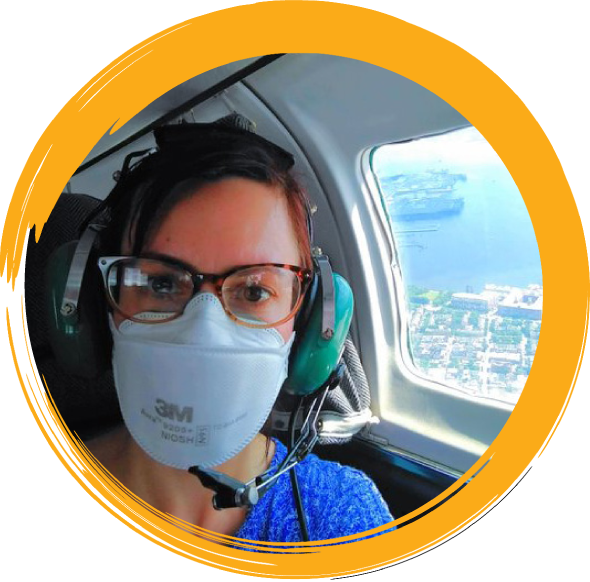Community Outreach and Engagement | Identifying air quality intervention strategies for Baltimore

A bird’s-eye view of pollutants to identify air quality intervention strategies for Baltimore
VOCs (Volatile Organic Compounds) are a component of urban smog and are one of the key ingredients in generating ozone pollution in the mid-Atlantic summertime. Exposure to VOCs, such as ozone, poses a risk to human health.
The laboratory of Peter DeCarlo is collaborating with the University of Maryland, the National Oceanic and Atmospheric Administration, and Maryland Department of the Environment to fly an instrument on a small aircraft to measure volatile organic compounds (VOCs) in and around the Baltimore area. The purpose of this project is to identify the sources of the VOCs which contribute the chemical generation of ozone. Once the team has identified the mix of VOCs in the Baltimore area, they can link those to the sources, and develop strategies to reduce the emission of those VOCs in the area. Flights on the aircraft will occur in the summer of 2022 with data analysis and results continuing through the year. This research is funded by a JHU Catalyst Award.
Air Today, Gone Tomorrow: How Air Particles Impact Human Health and the Environment
Each particle in the air we breathe has a history. The chemical composition of those particles provides clues to the sources and the potential impacts of those particles on human health and the climate system. Peter DeCarlo, Associate Professor in the Department of Environmental Health and Engineering explores particle composition in indoor and outdoor spaces to better understand what is in the air we breathe.
